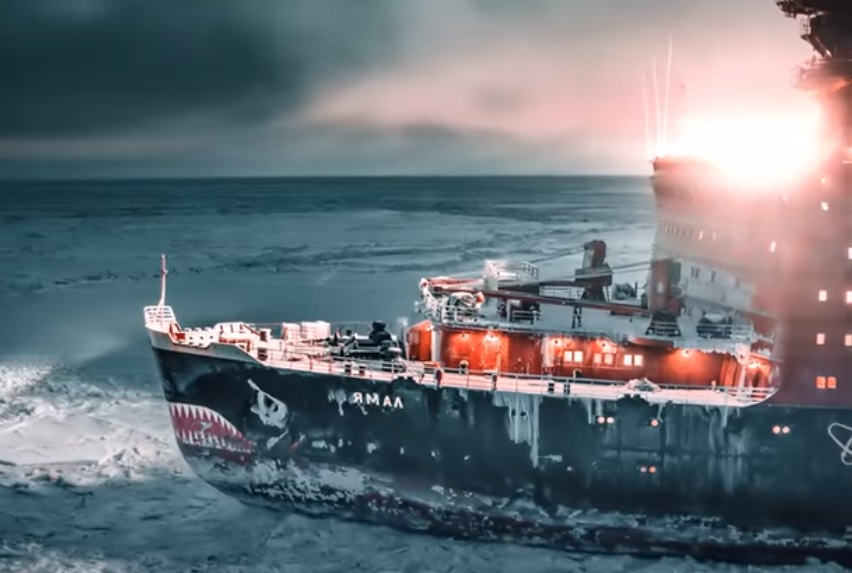Ice breakers are used as their name suggests breaking the ice. It can thus go alone to all points of the Arctic in complete autonomy. Of course, if its power and autonomy allow it. It is used to clear maritime trade routes, ports to allow the exit of fishing boats, thus ensuring year-round navigation. Finally, it is used to rescue boats that have become stuck in the ice by mistake.

The Russian icebreaker Yamal, launched in 1993, is effective thanks to the particular shape of its bow. The bow is rounded and convex, its hull slides on the ice, and thanks to its weight breaks the ice. The shape of its hull allows it to spread the broken ice and pass through the channel created. The icebreakers of high sea and arctic specificity are equipped with more efficient means. They have a blower system on the flanks that allows them to spread and break the ice. They have a double metallic hull ballasted inside for more efficiency. Their propulsion system is also more advanced than conventional vessels. They can thus go back to regain momentum and not get stuck. Some have the ability to roll the vessel from one side to the other, thus avoiding getting stuck in the ice. This is possible thanks to side ballast tanks and powerful pumps. These vessels are not good boats to navigate if they do not have anti-roll systems. The shape of their bow and round keel makes them suitable for rolling. Their attack of the waves is also not optimal because of their particular bow. They are vulnerable to slamming. The latest production boats are equipped with side thrusters that protect them from these disadvantages.
Today, Russia plans to build an icebreaker capable of breaking through a layer of more than four meters of ice.
Work on the design of the world’s largest and most powerful nuclear icebreaker, named Lider (Leader in Russian), has begun in Russia, announced Oleg Timofeev, deputy director of the Krylov State Scientific Center.

According to him, it is a ship with a power of more than 110-120 MW, capable of passing through a layer of more than four meters of ice and driving convoys of large oil tankers with a draught of more than 30,000 tons that use the Northwest Passage to connect the Atlantic and Pacific Oceans through the Arctic – a passage that reduces the journey between Asia and Europe by several days compared to the traditional passage through the Suez Canal.
“Passing through a four-meter layer of ice is not the ship’s main mission. The ice of this thickness exists only near the pole and is rare on sea routes. The bulk of the ship’s work will be to pass through ice 1.5 to 2 meters thick and leave behind a 50-meter wide passage,” explained the official.

The ship, expected to be ready in 2023, is expected to cost between 0.7 and 1.2 billion euros.
I literally cried watching this……don’t know why. I mean, man, the photography quality…the ship itself….just amazing!!